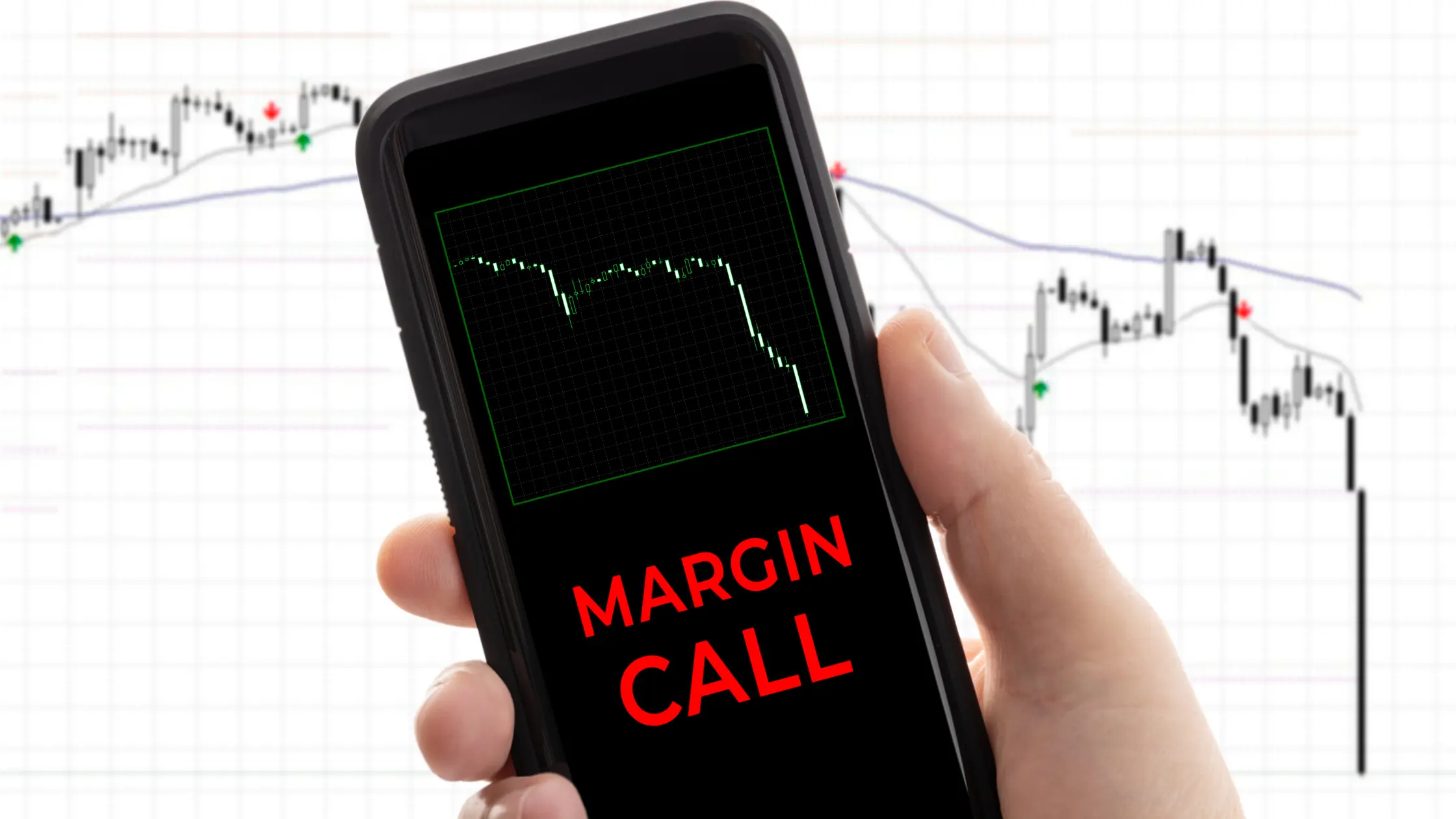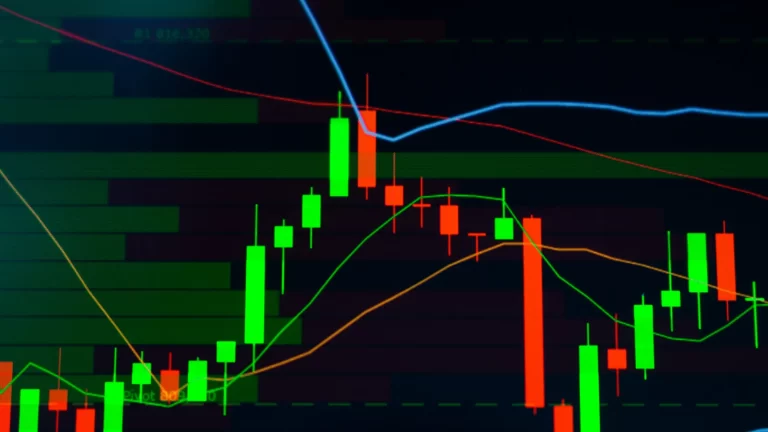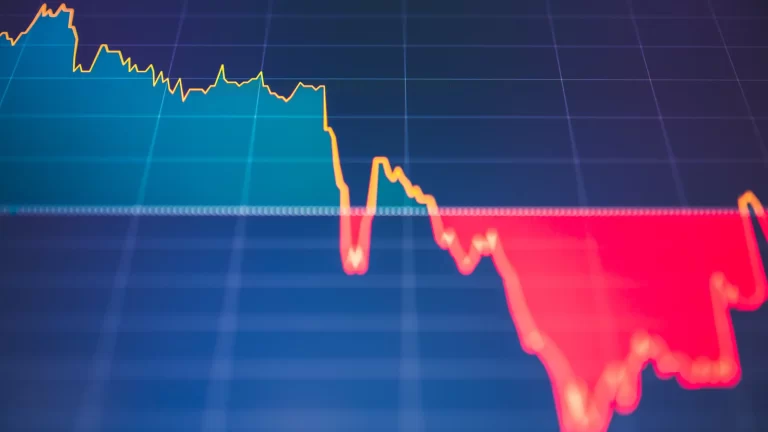Maximizing Profits with Crypto Leverage: Key Strategies & Tips

Leveraged trading allows traders to amplify their positions in the cryptocurrency market, potentially leading to significant profits. However, it also comes with increased risk, making effective margin management crucial. In this article, we’ll explore the basics of leveraged trading, key strategies for managing margin, and tips for mitigating risks to succeed in the volatile crypto market.

What is Leveraged Trading?
Leveraged trading, also known as margin trading, involves borrowing funds to increase the size of a trading position. This means traders can control larger positions with a smaller amount of capital, potentially amplifying both gains and losses.
Key Concepts:
- Leverage: The ratio of borrowed funds to the trader’s own capital. For example, 10x leverage means the trader can trade with ten times their initial investment.
- Margin: The collateral required to open and maintain a leveraged position. This can be a percentage of the total trade value.
- Liquidation: If the market moves against a leveraged position, the trader’s margin may not be sufficient to cover the losses, leading to the position being liquidated (closed) by the exchange to prevent further losses.
Strategies for Leveraged Trading
Risk Management: Effective risk management is essential in leveraged trading to avoid significant losses.
- Set Stop-Loss Orders: A stop-loss order automatically closes a position when it reaches a predetermined loss level, helping to limit potential losses.
- Use Take-Profit Orders: Similar to stop-loss orders, take-profit orders close a position when it reaches a desired profit level, securing gains.
Position Sizing: Determining the appropriate position size based on risk tolerance and account size is crucial.
- Risk Per Trade: Define a percentage of your account that you are willing to risk on each trade. Commonly, traders risk 1-2% of their account per trade.
- Leverage Use: Adjust leverage based on the volatility of the asset and your risk tolerance. Higher leverage increases risk, so use it cautiously.
Diversification: Diversifying your trades across different assets can help mitigate risks.
- Trade Multiple Pairs: Avoid putting all your capital into a single trade or asset. Spread your risk by trading multiple cryptocurrency pairs.
- Time Diversification: Staggering trades over different time periods can reduce the impact of short-term market fluctuations.
Market Analysis: Conduct thorough market analysis to make informed trading decisions.
- Technical Analysis: Use technical indicators, chart patterns, and historical price data to identify potential entry and exit points.
- Fundamental Analysis: Consider the underlying factors influencing the asset’s value, such as news, regulatory developments, and market sentiment.
Effective Margin Management
Initial Margin and Maintenance Margin: Understand the requirements for opening and maintaining a leveraged position.
- Initial Margin: The amount of capital required to open a position. This is a percentage of the total trade value.
- Maintenance Margin: The minimum amount of equity required to keep a position open. Falling below this level can trigger a margin call or liquidation.
Margin Calls: Be aware of margin calls and how to handle them.
- Monitor Positions: Regularly monitor your positions and margin levels to avoid unexpected margin calls.
- Add Funds: If a margin call occurs, you can add more funds to your account to maintain the position.
- Close Positions: Consider closing losing positions early to avoid forced liquidation.
Use of Margin Calculator: Utilize margin calculators to assess potential profits, losses, and margin requirements.
- Calculate Before Trading: Before entering a trade, use a margin calculator to understand the potential impact on your account.
- Adjust Leverage: Based on the margin calculator results, adjust your leverage and position size to align with your risk management strategy.

Mitigating Risks in Leveraged Trading
Educate Yourself: Continuous learning and staying updated with market trends and trading strategies is vital.
- Follow Market News: Keep up with the latest news and developments in the cryptocurrency market.
- Learn from Experts: Follow experienced traders and analysts to gain insights and improve your trading skills.
Practice with Demo Accounts: Use demo accounts to practice leveraged trading without risking real money.
- Test Strategies: Try out different trading strategies and leverage levels to see what works best for you.
- Gain Confidence: Build confidence in your trading abilities before transitioning to live trading.
Psychological Discipline: Maintain psychological discipline to avoid emotional decision-making.
- Stick to Your Plan: Follow your trading plan and avoid impulsive decisions based on market emotions.
- Accept Losses: Understand that losses are part of trading and avoid chasing losses with higher leverage.
Conclusion
Leveraged trading in the crypto market can be highly rewarding but comes with significant risks. By implementing effective risk management strategies, proper margin management, and continuous learning, traders can enhance their chances of success. Always trade responsibly, stay informed, and continuously refine your strategies to navigate the volatile world of leveraged crypto trading effectively.



